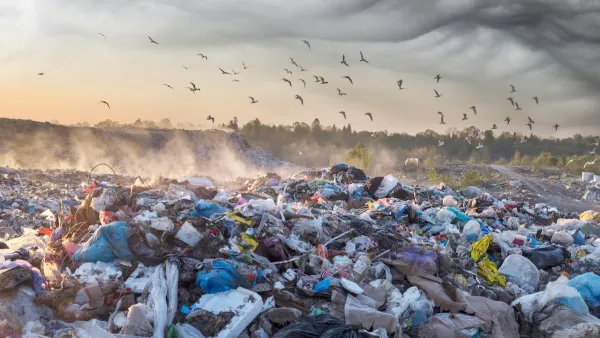Researchers are exploring ocean iron fertilization as a potential method for removing atmospheric carbon dioxide, emphasizing the need for controlled trials to determine its effectiveness and ecological impact in combating climate change.

With the need to urgently reduce atmospheric carbon dioxide (CO2), ocean iron fertilization (OIF) is being revisited as a possible method for marine carbon dioxide removal (mCDR). In a study published in Frontiers in Climate, researchers, including oceanographers from the University of Hawai‘i, examined OIF as a scalable, low-cost solution. OIF involves adding iron to the ocean’s surface to promote the growth of phytoplankton, which can absorb CO2. However, scientists caution that more research is needed to determine the technique’s effectiveness and potential ecological impacts.
Previous experiments with OIF showed that while it promotes plankton growth, it may not reduce atmospheric CO2 on the scale required to make a significant difference. Despite this uncertainty, the researchers stress that inaction is not an option, given the urgent need to address climate change. Controlled ocean trials are necessary to understand how long iron remains in the water, how much carbon can be stored, and what ecological changes may occur. As Professor Angelicque White from UH Mānoa highlights, responsible and transparent research is essential to determining whether OIF can buy time while efforts to reduce emissions continue.
The study outlines five key research activities, including field studies in the Pacific Ocean, modeling of OIF impacts, testing different iron delivery methods, and developing monitoring systems for carbon storage and ecological changes. The scientific community has also called for expanded research, with over 400 scientists supporting efforts to better understand mCDR techniques like OIF. The researchers emphasize that any deployment of OIF must be coupled with responsible governance and social science to ensure ethical and effective implementation.
FULL STORY: Could adding iron to the ocean solve some climate change problems?

Maui's Vacation Rental Debate Turns Ugly
Verbal attacks, misinformation campaigns and fistfights plague a high-stakes debate to convert thousands of vacation rentals into long-term housing.

Planetizen Federal Action Tracker
A weekly monitor of how Trump’s orders and actions are impacting planners and planning in America.

San Francisco Suspends Traffic Calming Amidst Record Deaths
Citing “a challenging fiscal landscape,” the city will cease the program on the heels of 42 traffic deaths, including 24 pedestrians.

Study: Anti-Homelessness Laws Don’t Work
Research shows that punitive measures that criminalized unhoused people don’t help reduce homelessness.

In U.S., Urban Gondolas Face Uphill Battle
Cities in Latin America and Europe have embraced aerial transitways — AKA gondolas — as sustainable, convenient urban transport, especially in tricky geographies. American cities have yet to catch up.

Detroit Says Problems With Property Tax Assessments are Fixed. Advocates Disagree.
With higher-valued properties under assessed and lower-valued properties over assessed, advocates say there's still a problem with Detroit's property tax system.
Urban Design for Planners 1: Software Tools
This six-course series explores essential urban design concepts using open source software and equips planners with the tools they need to participate fully in the urban design process.
Planning for Universal Design
Learn the tools for implementing Universal Design in planning regulations.
Heyer Gruel & Associates PA
JM Goldson LLC
Custer County Colorado
City of Camden Redevelopment Agency
City of Astoria
Transportation Research & Education Center (TREC) at Portland State University
Jefferson Parish Government
Camden Redevelopment Agency
City of Claremont




























